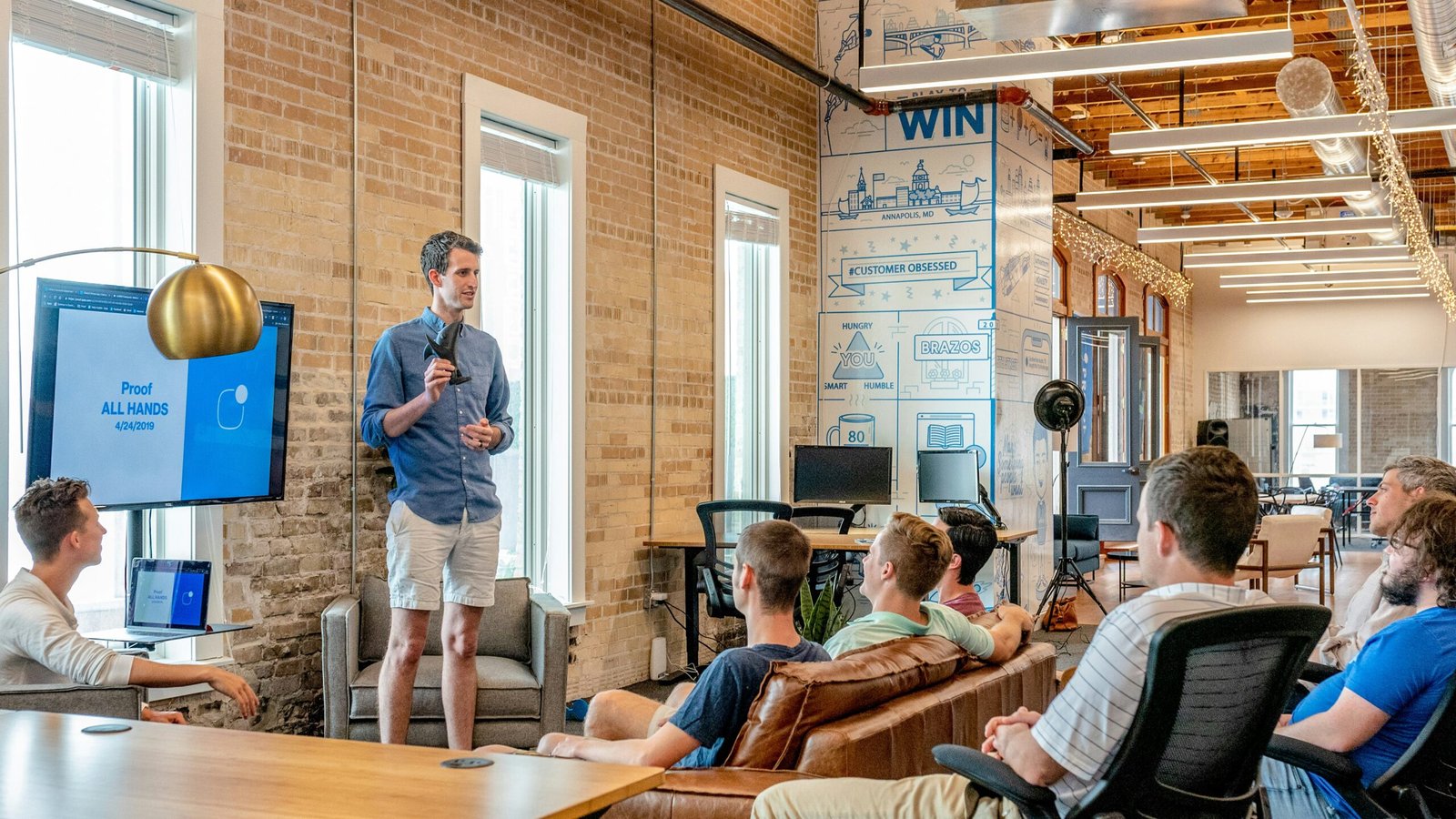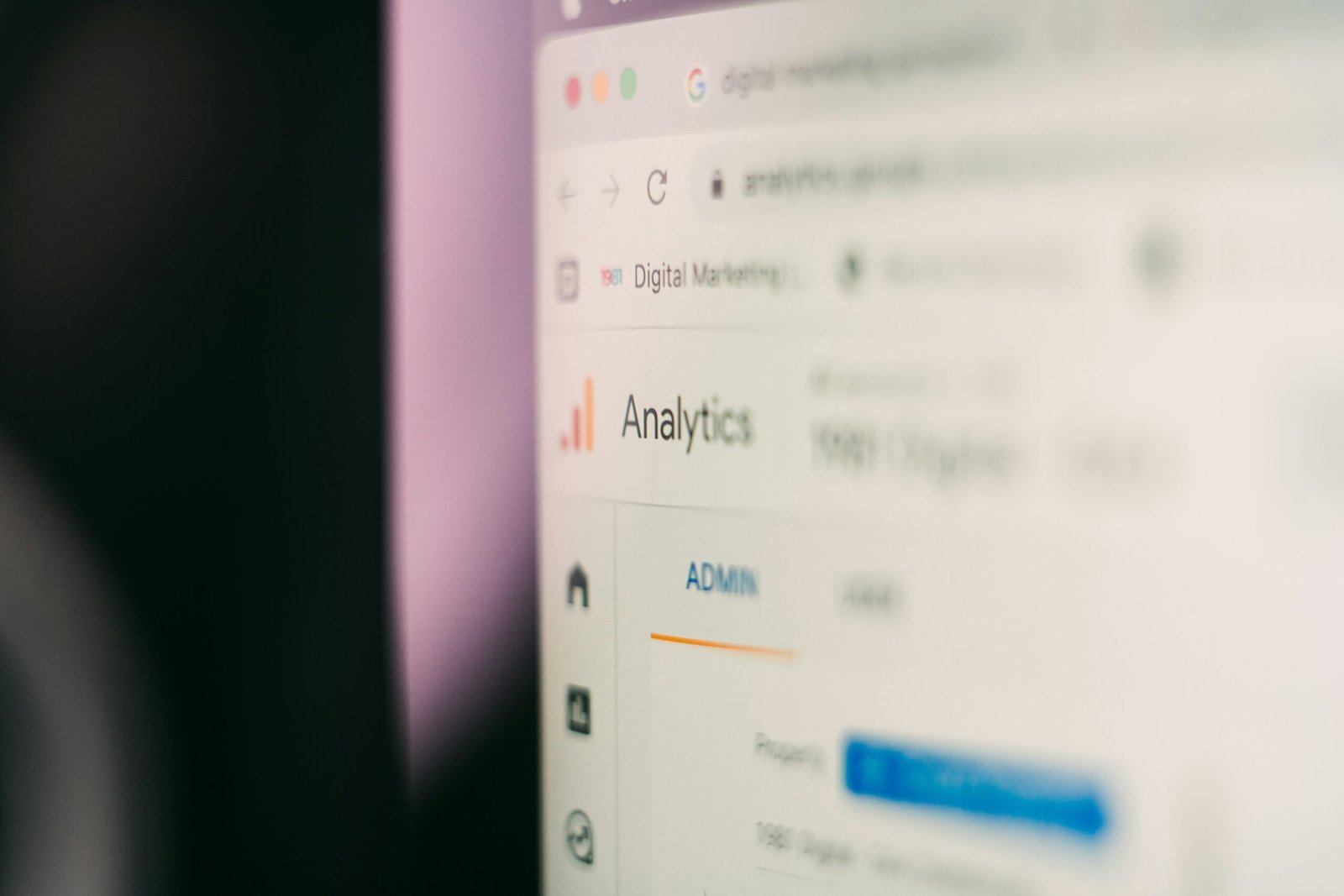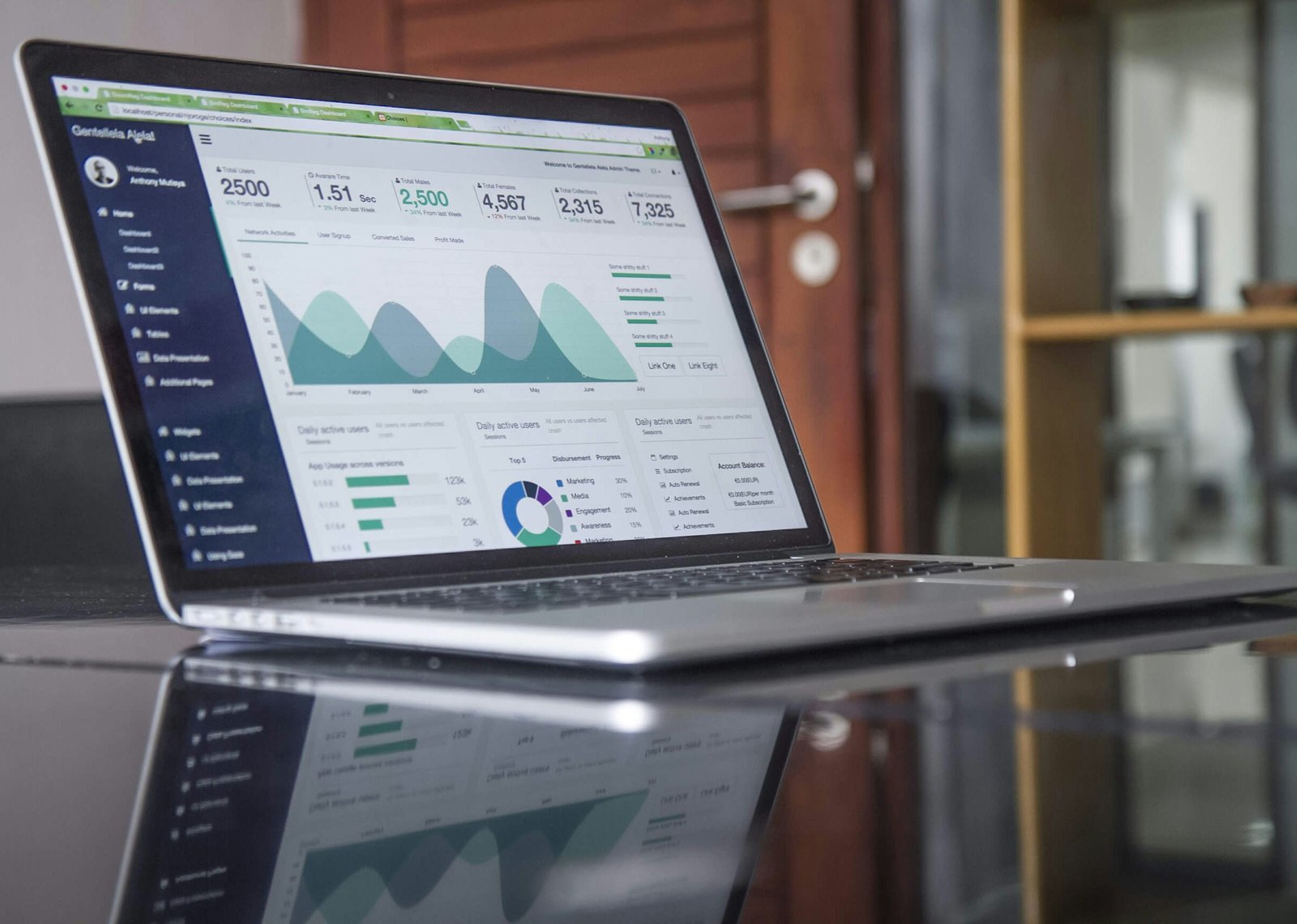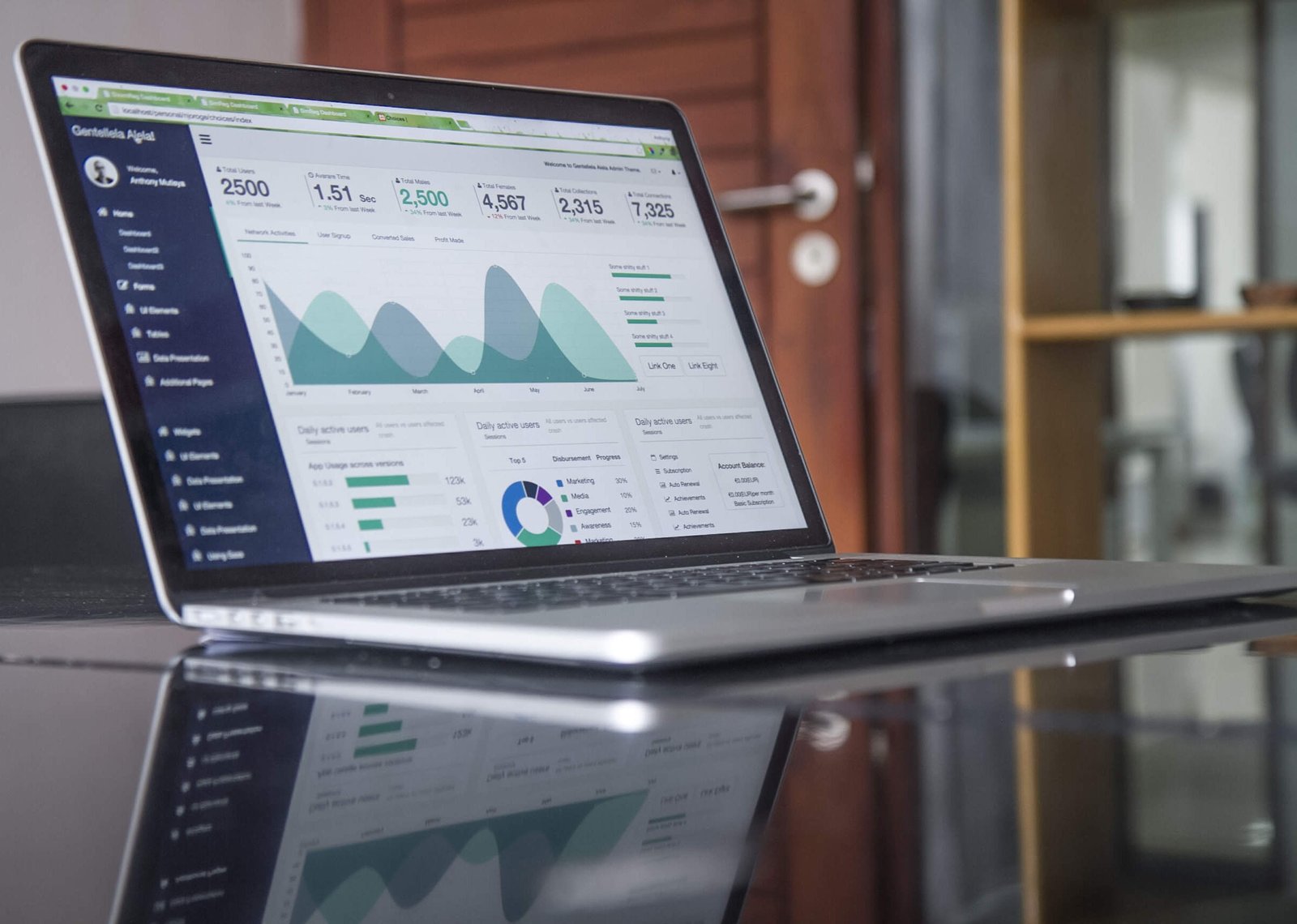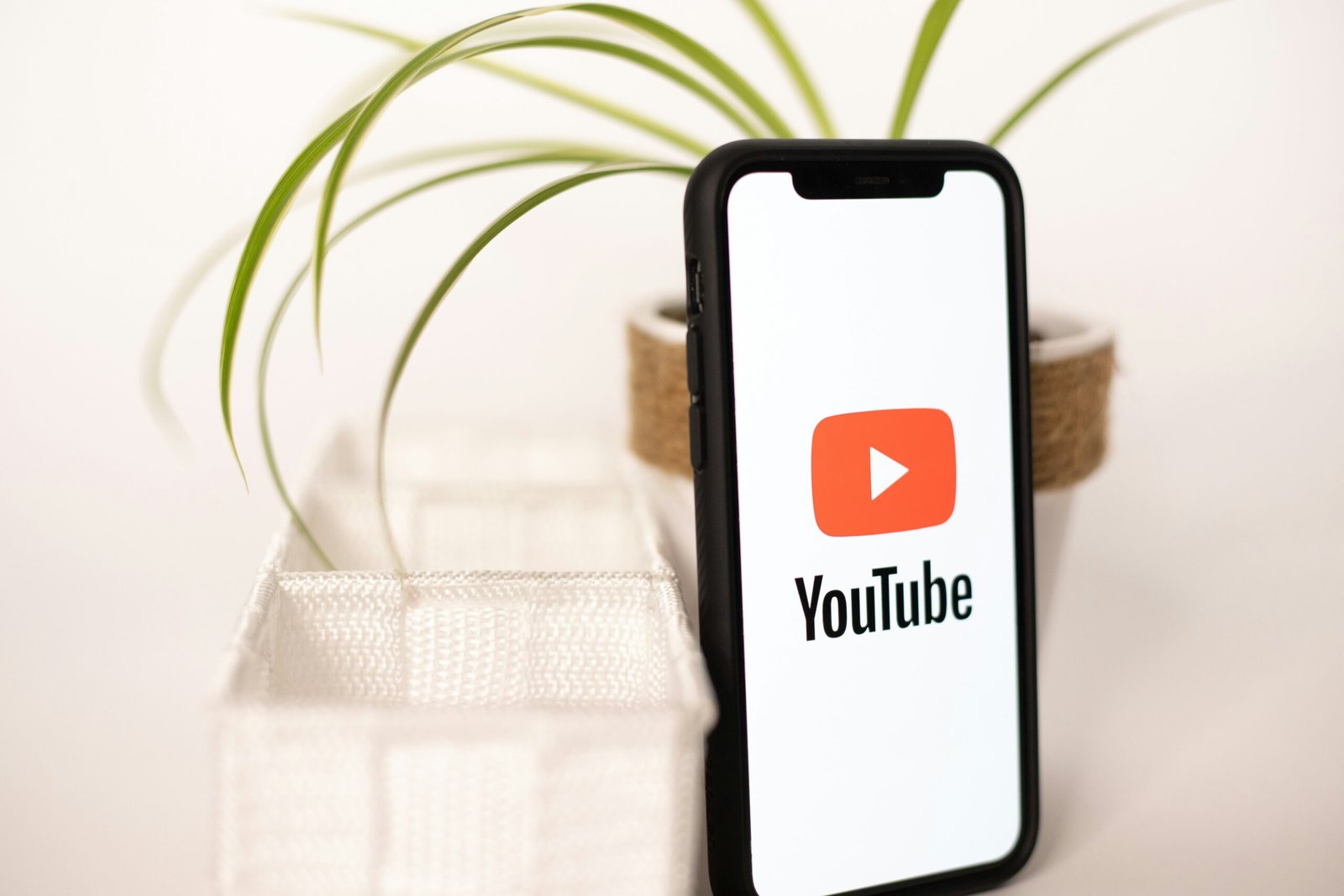Maximizing Conversions: The Power of SaaS Lead Generation Funnels
Introduction to SaaS Lead Generation
Lead generation is a critical aspect of any business strategy, particularly for Software as a Service (SaaS) companies. It refers to the process of attracting and converting potential customers into interested leads. In the context of SaaS, lead generation becomes especially vital due to the competitive nature of the market. With numerous companies offering similar services, distinguishing oneself can be challenging, necessitating the need for an effective lead generation funnel.
In a landscape where consumers often conduct thorough research before committing to a subscription, SaaS companies must proactively engage potential clients at various stages of the buying cycle. The initial phase involves drawing attention and generating interest, often through content marketing strategies such as webinars, whitepapers, and informative articles. This is where understanding the unique needs of target demographics becomes essential; tailoring messages to address specific pain points can significantly boost lead generation efforts.
However, generating leads is only part of the equation. The path from lead to customer conversion is fraught with challenges, including overcoming skepticism towards subscription-based models, addressing concerns about data security, and justifying the value of the service offered. Consequently, SaaS companies must invest in optimizing their lead generation funnels to nurture leads effectively, guiding them seamlessly through the conversion process.
This involves strategically crafting landing pages, implementing targeted email campaigns, and utilizing social proof to build trust. As potential customers interact with various touchpoints, it is crucial to maintain a coherent message and a user-friendly experience to keep them engaged. A well-structured lead generation funnel is not only capable of attracting prospects but also essential in converting them into loyal customers, ultimately leading to sustained business growth in the SaaS industry.
Understanding the SaaS Lead Generation Funnel
The SaaS lead generation funnel is designed to guide a potential customer through their journey from initial awareness to final decision-making. Each stage of the funnel serves a specific purpose, addressing different needs and concerns of potential users. The structure can typically be divided into three primary stages: awareness, consideration, and decision. Understanding these stages is crucial for SaaS businesses aiming to maximize conversions.
In the awareness stage, potential customers first encounter the product or service. This can occur through various channels such as social media, blogs, or advertisements. At this point, the goal for SaaS companies is to catch the attention of their target audience. Well-crafted content that highlights pain points and introduces solutions can prove vital in this stage. Companies often utilize informative content, such as whitepapers or webinars, to create awareness and draw potential leads into the funnel.
Once awareness is established, potential customers move into the consideration stage. Here, they start gathering more information about the SaaS solution and how it can solve their problems. It is imperative for SaaS businesses to provide detailed comparisons, case studies, and testimonials during this phase. At this juncture, customers begin to evaluate their options more seriously, making it essential for companies to not only showcase their features but also illustrate the benefits and value they offer compared to competing solutions.
Finally, in the decision stage, leads are ready to make a purchase. This phase is pivotal and often involves providing incentives such as free trials, discounts, or thorough demonstrations of the product. The goal is to solidify the relationship and make the act of purchasing as seamless as possible. Addressing any remaining concerns or objections can further facilitate this decision, leading to increased conversions and satisfied customers.
Awareness: Attracting the Right Audience
Generating initial awareness is a critical step in any successful SaaS lead generation funnel. The objective at this stage is to attract the right audience, those individuals or businesses that are most likely to benefit from your SaaS offerings. Several strategies can be employed to achieve this, including content marketing, social media engagement, search engine optimization (SEO), and paid advertising.
Content marketing plays a vital role in attracting potential leads by providing valuable information tailored to the target audience’s needs. By creating blog posts, videos, and infographics that address common pain points or industry trends, you can establish your expertise and foster trust. This not only helps in building brand awareness but also positions your SaaS solution as a preferred choice among competitors.
Social media engagement is another powerful tactic for generating awareness. By utilizing platforms such as LinkedIn, Twitter, and Facebook, businesses can interact with their audience, share content, and promote discussions relevant to their sector. These interactions can enhance brand visibility and direct potential leads to your website, initiating the process of lead nurturing.
Search engine optimization (SEO) is critical for improving your online presence. By optimizing your website with relevant keywords and quality content, you can improve your rankings on search engine results pages. This organic approach allows users actively searching for solutions relevant to your SaaS product to find you more easily, increasing the likelihood of generating qualified leads.
Additionally, paid advertising—such as Google Ads or social media ads—can strategically target specific demographics or professional sectors. This investment helps to elevate visibility and reach, particularly during the initial stages of the funnel. By focusing these efforts on well-defined audiences, businesses can attract leads who are more aligned with their offerings.
In conclusion, combining these strategies effectively can significantly enhance your visibility among potential leads, setting a strong foundation for further stages in the SaaS lead generation funnel.
Consideration: Educating and Nurturing Leads
In the SaaS landscape, the consideration stage is critical for nurturing leads who have expressed interest in a company’s offerings. After initially attracting potential customers, it becomes essential to provide them with valuable information that addresses their specific needs and concerns. This can be achieved through a variety of educational content formats, including case studies, whitepapers, and webinars. Such resources not only illustrate how a SaaS solution can solve problems but also serve to build trust and credibility between the company and the prospects.
Case studies are particularly effective as they showcase real-world applications of the service, detailing how existing customers have benefited from the product. This not only provides social proof but also allows potential customers to envision their own success through the software. Similarly, whitepapers compiled with in-depth research and analysis establish thought leadership, enabling prospects to better understand industry trends and the value proposition of the SaaS product.
The use of webinars can significantly enhance the lead nurturing process by facilitating direct interaction between the company and potential customers. These sessions allow for live demonstrations, Q&A segments, and expert insights that can address specific concerns, thus aiding in moving prospects further down the sales funnel. Furthermore, implementing a strategic email marketing campaign to deliver this informative content can keep prospects engaged and informed about the benefits of the service.
Lead scoring should also play a vital role in identifying prospects’ readiness to advance to the next stage. By tracking interactions such as content downloads or webinar attendance, marketers can prioritize high-quality leads and tailor their follow-up strategies effectively. Providing targeted content based on the lead’s interests ensures that potential customers receive pertinent information, thereby increasing the likelihood of conversion.
Decision: Convincing Leads to Convert
As leads progress through the funnel, they reach the crucial stage where they must decide whether to commit to a purchase. This is where effective SaaS lead generation funnels leverage specific tactics to convince potential customers to convert. One of the most compelling strategies is offering free trials. By allowing potential users to experience the product firsthand, they can evaluate its functionality and benefits without any financial commitment. This method not only builds trust but also showcases the product’s value, making it easier for leads to justify the investment.
In addition to free trials, product demos play a significant role in the decision-making process. A personalized demonstration can effectively highlight key features and address how the solution meets the unique needs of each lead. This tailored approach ensures that the audience feels valued and understood, further increasing the likelihood of conversion.
Addressing and alleviating any objections may also be necessary at this stage. Common concerns, such as product pricing, complexity of implementation, or integration issues, should be proactively addressed. Providing clear, informed responses to these objections demonstrates a commitment to customer satisfaction and transparency, reinforcing the credibility of the SaaS provider.
Incorporating testimonials and case studies from existing customers can also significantly impact decision-making. Positive feedback from satisfied clients can serve as powerful endorsements, humanizing the product and showcasing real-world success stories. When potential customers see that others have benefited from similar solutions, they are more likely to trust the brand and feel confident in their purchasing decision.
Finally, enhancing the overall user experience during this pivotal stage can greatly influence conversions. Simplifying the sign-up process, optimizing website navigation, and ensuring responsive customer support are crucial elements that contribute to a seamless experience. By implementing these strategies, SaaS providers can effectively guide potential customers toward making informed purchasing decisions, ultimately maximizing conversions within their lead generation funnels.
Optimizing Each Stage of the Funnel
To maximize conversions effectively, it is paramount to continuously optimize each stage of the lead generation funnel. This process begins with a meticulous analysis of key performance metrics, particularly conversion rates at every stage. By closely monitoring these rates, businesses can identify which areas are underperforming and require immediate attention. For instance, if the conversion rate from lead to customer is lower than expected, it may indicate an issue with the sales pitch or the value proposition being communicated to potential customers.
A/B testing is another critical strategy for optimizing the funnel. This approach allows marketers to compare different versions of landing pages, advertisements, or emails to determine which elements resonate best with the target audience. By examining user interactions and preferences, businesses can make informed decisions that enhance user engagement and conversion rates. Regularly testing variations of headlines, call-to-action buttons, and visual elements ensures that the marketing strategy remains aligned with customer expectations.
The use of data-driven decisions is instrumental in refining marketing strategies at every stage of the funnel. Metrics sourced from customer feedback, click-through rates, and user behavior analytics offer invaluable insights into the effectiveness of current tactics. By leveraging these insights, businesses can fine-tune their approaches, focusing on what is most effective for their audience. Implementing feedback loops is crucial, as they allow organizations to learn from customer interactions, integrating this knowledge to foster continual improvement.
Ultimately, refining the lead generation funnel involves a combination of strategic analysis, rigorous testing, and responsive adaptations based on user insights. This ensures that each stage of the funnel not only drives traffic but also enhances conversion rates, leading to increased overall success in generating leads and converting them into loyal customers.
Common Pitfalls in SaaS Lead Generation
Lead generation is a critical element of any successful Software as a Service (SaaS) business. However, many companies encounter common pitfalls within their lead generation funnels that hinder their performance. One major mistake is misaligned targeting, where businesses fail to define their ideal customer profile effectively. This misalignment leads to attracting leads that do not fit the product’s target demographic, resulting in high drop-off rates and low conversion. To counteract this issue, it is vital for SaaS companies to invest in market research, developing clear personas that represent their valuable customers.
Another prevalent error occurs during the lead qualification phase. Many SaaS companies inadequately qualify their leads, either by being overly lenient or excessively strict. This can cause promising leads to be overlooked while wasting resources on poor quality prospects. Implementing a lead scoring system can offer a structured approach to qualification, enabling teams to prioritize high-value leads and nurture them more effectively through tailored messaging and offerings.
Furthermore, neglecting follow-up can severely impact conversion rates. Many organizations underestimate the importance of timely communication. Leads that are not engaged soon after their initial interaction are likely to become disengaged or move on to competitors. Establishing a robust follow-up strategy that includes automated emails, personalized messages, and regular check-ins can help maintain interest and guide leads through the sales funnel.
By addressing these common pitfalls—misaligned targeting, inadequate lead qualification, and neglecting follow-up—SaaS companies can significantly improve their lead generation funnels. Each of these strategies plays a vital role in maximizing conversions and achieving long-term business success.
Case Studies: Successful SaaS Lead Generation Funnels
The journey of optimizing SaaS lead generation funnels is often illustrated through the success stories of various companies in the field. One notable example is HubSpot, which experienced significant growth by implementing a content-focused lead generation strategy. By creating targeted resources such as eBooks and webinars, they effectively attracted leads at various stages of the buyer’s journey. Their approach involved utilizing sophisticated analytics tools to assess user engagement and refine content offerings. The result was a marked increase in lead quality and ultimately a higher conversion rate, demonstrating the impact of a well-structured funnel.
Another compelling case study is that of ClickFunnels, a company that specializes in sales funnel creation. Initially struggling to communicate its value proposition, ClickFunnels revamped its landing pages and utilized A/B testing to optimize user experience. They adopted a freemium model that allowed potential customers to engage with their product before making a full commitment. This change provided valuable insights into user behavior and preferences, which in turn enhanced their lead generation funnel and facilitated an increase in conversions from free trials to paid subscriptions.
Furthermore, Zendesk exemplifies a successful SaaS lead generation funnel through its multi-channel marketing approach. By integrating email marketing, social media campaigns, and SEO-optimized content, they effectively drew in a diverse audience. Their focus on nurturing leads with personalized follow-ups and targeted offers substantially improved their lead-to-customer conversion rate. The combination of comprehensive market analysis and strategic content distribution has proved pivotal in scaling their lead generation efforts.
These case studies illustrate the diverse strategies SaaS companies can employ to optimize their lead generation funnels. Each example highlights not only the distinct challenges faced but also the innovative solutions that led to improved metrics. Leveraging these insights can offer inspiration and guidance for businesses aiming to enhance their own lead generation processes, ultimately fostering greater success in the competitive SaaS landscape.
Conclusion: The Future of SaaS Lead Generation
In light of the discussions presented, it becomes evident that an optimized lead generation funnel is vital for driving qualified leads and conversions within the Software as a Service (SaaS) industry. As SaaS companies strive to capture and retain customer interest, leveraging effective lead generation strategies has never been more critical. An agile and well-designed lead funnel not only attracts potential customers but also nurtures them through the buyer journey, thereby enhancing conversion rates.
Looking ahead, emerging trends such as the increasing reliance on artificial intelligence and machine learning are poised to reshape the landscape of SaaS lead generation. These technologies enable marketers to analyze consumer behavior more accurately, delivering personalized experiences that resonate with potential clients. The integration of predictive analytics will also play a crucial role in identifying high-potential leads, allowing for more tailored outreach efforts. Moreover, the rise of interactive content, like webinars and live demos, can further enhance engagement and conversion by providing prospects with hands-on experiences of the SaaS products.
Additionally, the growing importance of customer feedback and testimonials cannot be overlooked. Businesses that actively seek and showcase customer experiences leverage social proof, boosting trust and credibility within their target audiences. This strategy will likely continue to gain traction as consumers become increasingly discerning in their purchasing decisions.
In conclusion, the future of SaaS lead generation will undoubtedly be defined by the continual evolution of strategies that prioritize customer engagement and satisfaction. By staying ahead of technological advancements and shifting consumer preferences, SaaS companies can maximize their conversion potential and secure a competitive edge in an ever-changing market landscape.

